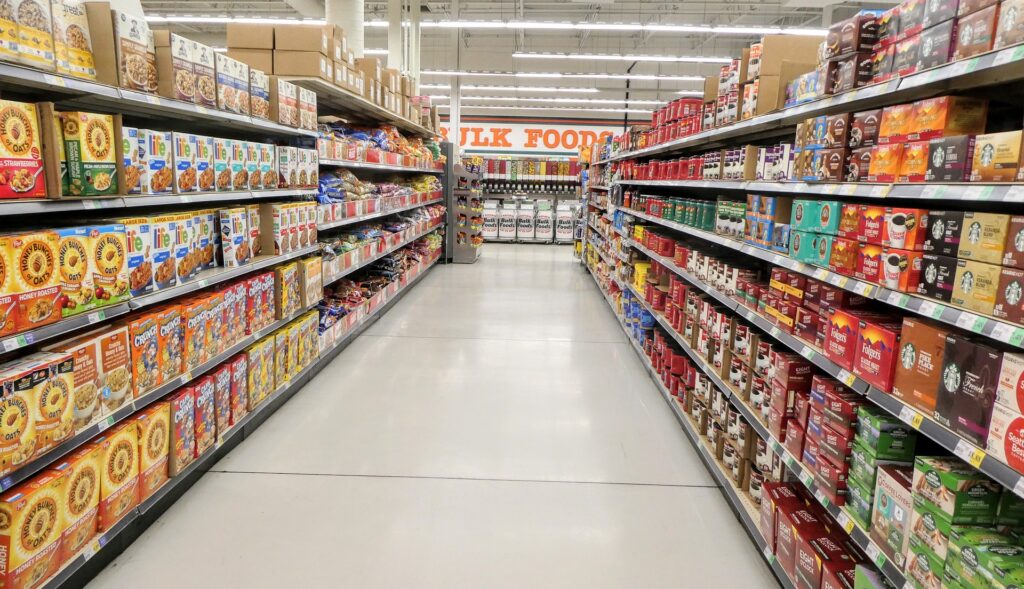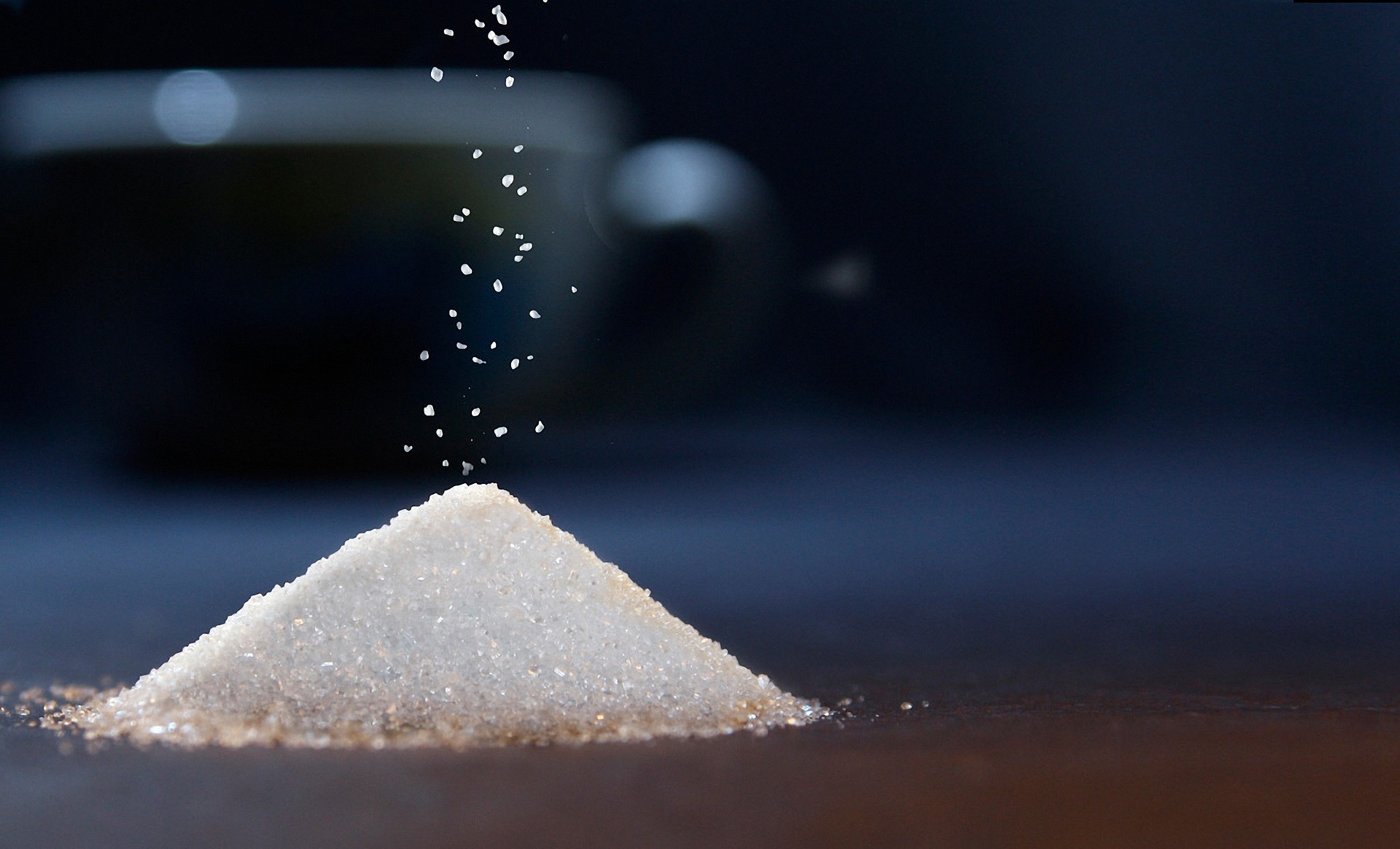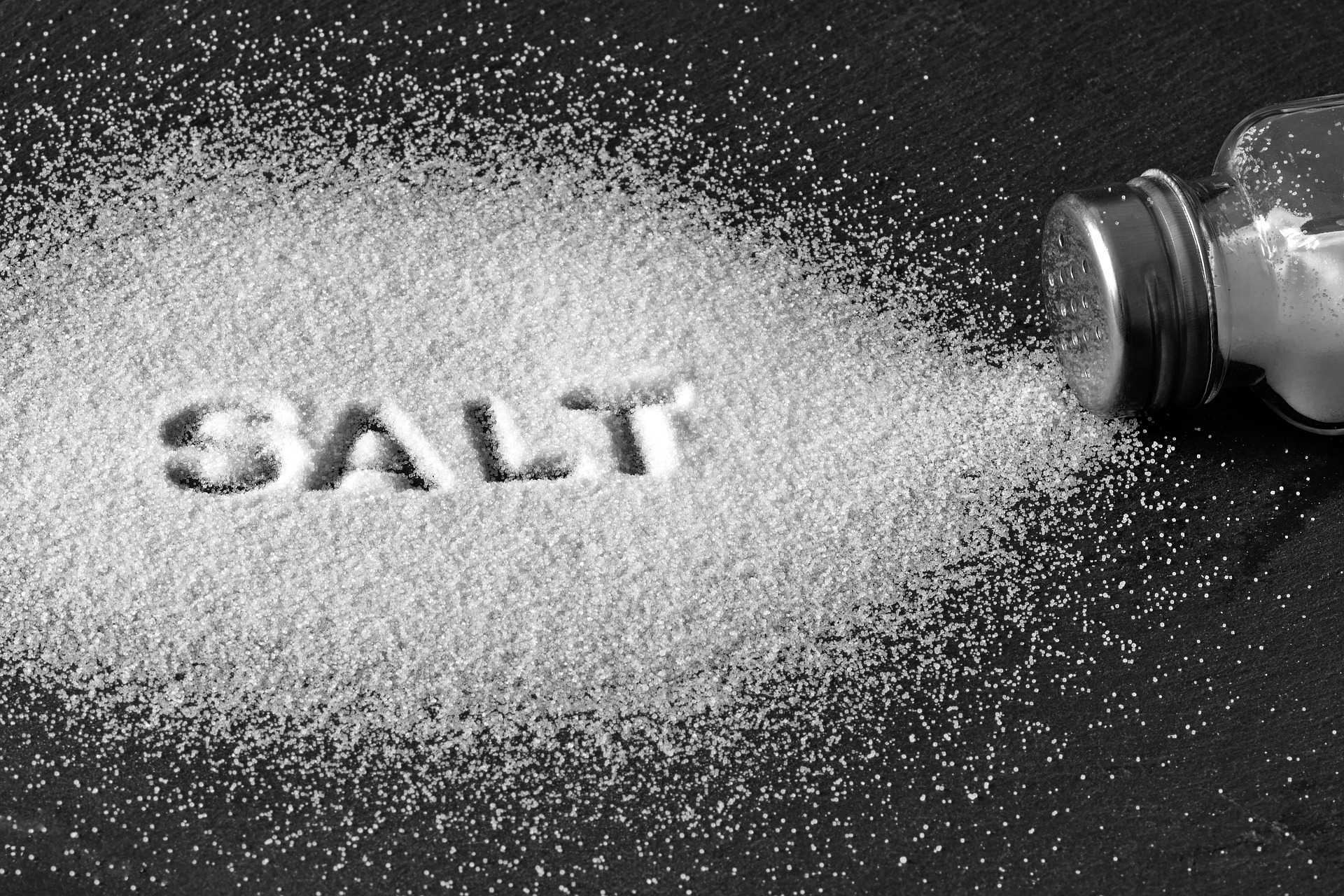
Regulatory Changes in the Flavor Industry: What You Need to Know
In the ever-evolving food and beverage industry, keeping up with rapid changes in food flavoring regulations is essential. We have a quick list of upcoming and potential regulatory changes impacting products and store shelves in the United States and beyond this year. Metarom USA has the inside scoop on what’s on the horizon for consumers this year, […]
Read MoreIn the ever-evolving food and beverage industry, keeping up with rapid changes in food flavoring regulations is essential. We have a quick list of upcoming and potential regulatory changes impacting products and store shelves in the United States and beyond this year. Metarom USA has the inside scoop on what’s on the horizon for consumers this year, from sugar and sodium reductions to dye and flavor bans.
Stay informed about regulatory changes in the flavor industry with more news and updates from our team at Metarom online.
1. Updated Sugar Reduction Regulations in American Schools
It’s no secret that sugar has enormous implications for the health of citizens worldwide. The World Health Organization recommends that less than 10 percent of dietary calorie intake come from sugar. In the United States, an increase in obesity, Type 2 Diabetes, and other chronic health conditions related to diet and nutrition have spurred the need to act swiftly on sugar reduction–and that’s beginning in schools next year.
Regulatory changes in the flavor industry will include significantly reducing sugar in breakfast cereal, yogurt, and other food and beverage items served at school. New requirements will take effect in the 2025-2026 school year in the United States, among other regulatory changes. Examples of similar reductions can be seen worldwide. Food and beverage companies should get ahead of the curve and curb sugar content in everyday foods to remain competitive.
2. Food Dye Bans and Other Regulatory Changes in the US Flavor Industry
Several countries have already banned food dyes currently used in food production in the United States. More recently, states have introduced their bills and bans. This will have a widespread impact on food production in the United States as food manufacturers scramble to meet each state’s requirements.
In May 2024, California passed a food safety act banning brominated vegetable oil, potassium bromate, propylparaben, and Red Dye No. 3 from food and drinks sold in the state. Illinois recently followed with its own bill. Both could impact how food additives are used. Other regulatory changes in the flavor industry may follow suit, so expect the industry to adjust to meet requirements if similar state bans become widespread.
3. A Smoky Flavor Ban in the European Union
Smoky flavor is a staple in cheese, chips, hams, fish, and other food goods sold in the United States and elsewhere. That’s why we’re watching recent events in the European Union. Eight smoky flavors have been banned for containing potential cancer-causing risks to consumers. Regulatory changes in the United States flavor industry could follow suit. This popular additive will be phased out in the European Union over the next year or two and may impact the US food flavor industry and others.
4. Front-of-Package Nutrition Labels
French supermarkets stock products with front-of-package nutrition labels and health scores to assist consumers in remaining informed. Could the United States follow suit with its own examples of regulatory changes? The FDA was inspired and has examined the health impact of regulatory changes to the flavor industry, including front-of-package nutrition labels. Such changes could spur changes in shopping behavior among American consumers.
5. Voluntary Sodium Reduction Goals
Excessive daily salt intake is linked to various health implications that can be costly to treat. The FDA recently examined a proposal to address Americans’ heightened sodium intake. Changes in the flavor industry are sure to follow. Even though the reduction goals are voluntary, they will impact the production of processed foods and pre-packaged goods. More than 70 percent of sodium intake is added during the food manufacturing and commercial food preparation process.
6. The Definition of “Healthy” Foods on Packaging
When can foods be labeled as healthy? Potential regulatory changes to the flavor industry now include how we define healthy foods on American store shelves. A final update to the criteria for labeling foods as ‘healthy’ on packaging will be released in April 2025. Recent regulatory changes in the United States show a desire for more transparency in food packaging on grocery shelves, and this final rule is sure to be a long time coming.
7. Changing Food Industry Trends and Clean Labels
What else is changing in the upcoming year? Expect consumers to continue to demand clean labels and the power to know where their food came from. Regulatory changes to the flavor industry are sure to evolve in the new year, with significant administrative changes and new health reforms promised across the United States. Explore our blog at Metarom USA to stay updated on trends and regulatory changes that will impact the food and beverage industry. Being informed puts your business ahead of the curve.
Request a Sample Online Today
At Metarom USA, our team stays on top of flavor trends and emerging changes in the flavor industry. Reach out to our team of experienced flavor chemists to discover our range of sustainable and industry-compliant food flavorings. Order a sample today!



